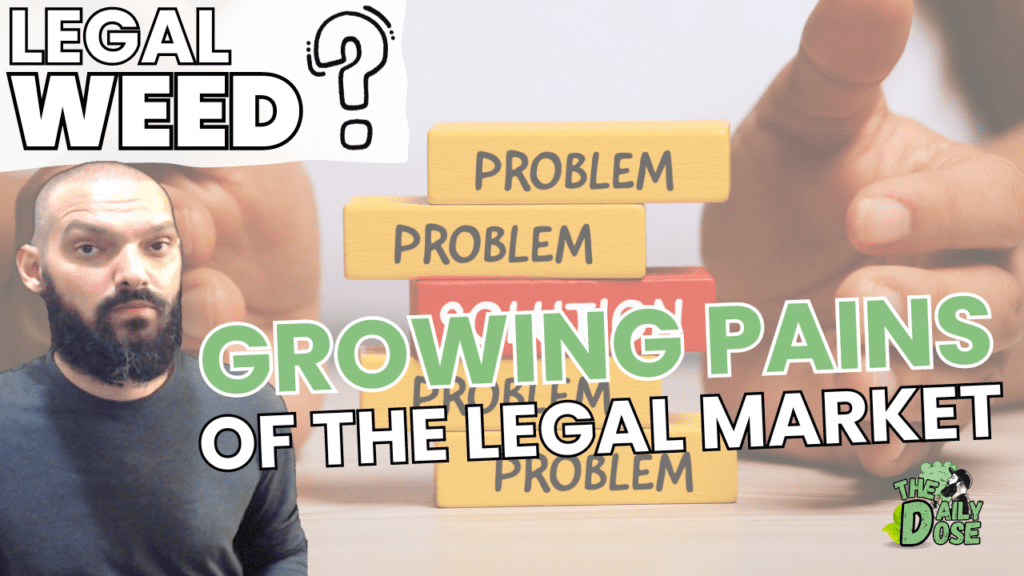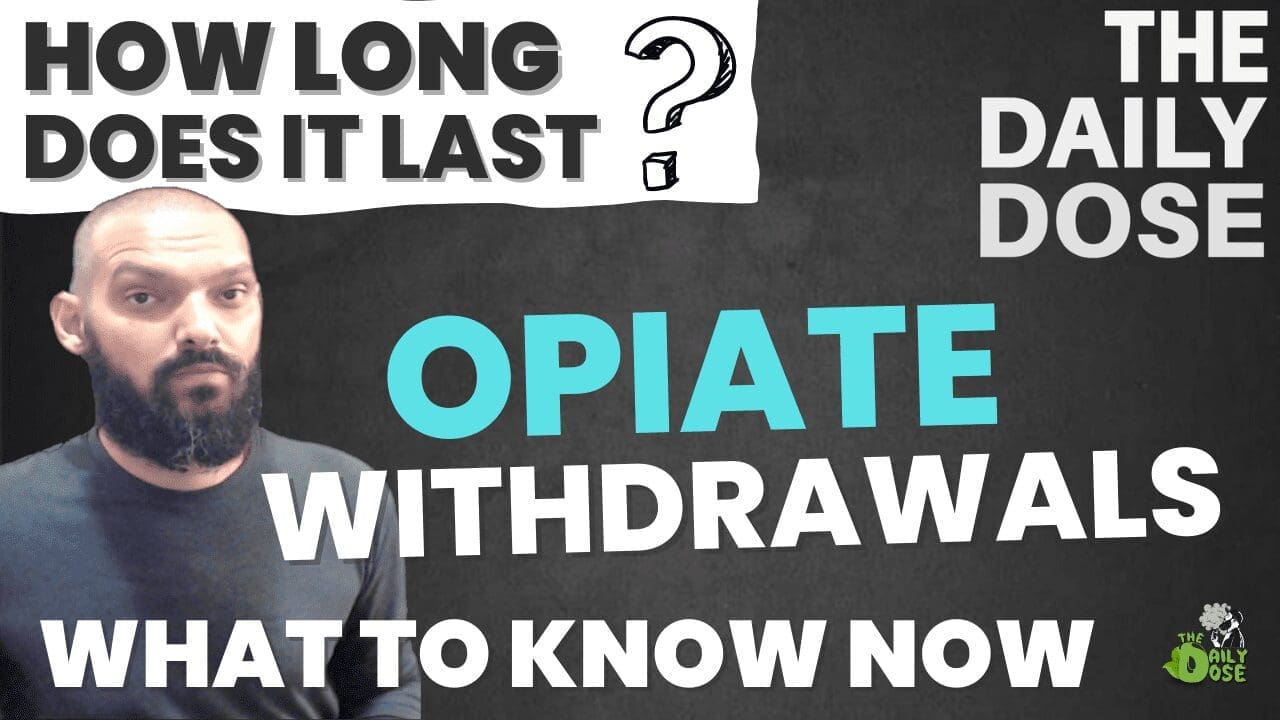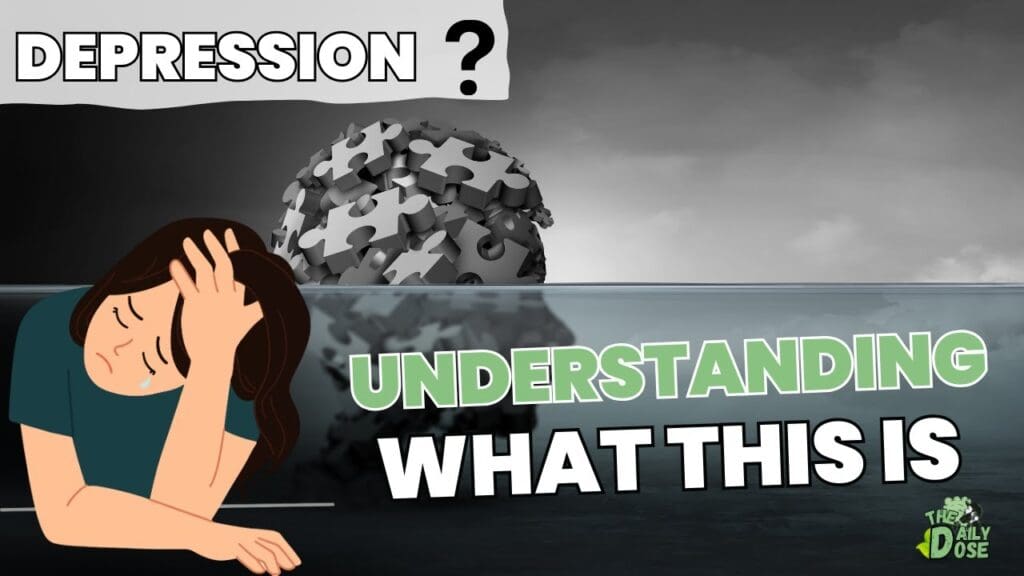Puff Bar Ban Explained
1. Introduction Puff Bar Ban
Disposable vapes, once a niche product, have exploded in popularity, with Puff Bar emerging as a prominent player in this market. However, regulatory authorities have recently cracked down on these products, leading to a ban on Puff Bar disposable vapes.
This article aims to dissect the controversy surrounding the Puff Bar ban, shedding light on the regulatory landscape, health concerns, and the broader implications for the vaping industry.
2. Understanding Disposable Vapes
What are disposable vapes?
Uncover the basics of disposable vapes, including their design, functionality, and convenience. Disposable nicotine vapes are compact, single-use electronic devices designed to deliver a controlled dose of nicotine to users via an aerosolized vapor.
These disposable devices, often resembling traditional cigarettes in size and shape, consist of a battery, an atomizer, and a pre-filled e-liquid cartridge containing nicotine.
Users simply inhale from the device, and the battery activates the atomizer to heat the e-liquid, creating a vapor that can be inhaled and absorbed through the lungs. Disposable nicotine vapes are user-friendly and convenient, as they require no maintenance or refilling; once the pre-filled e-liquid is depleted, the entire device is discarded.
They have gained popularity as a smoking cessation aid or an alternative to traditional cigarettes, and they come in various nicotine strengths and flavors. However, concerns have arisen regarding their appeal to youth and potential health risks, making them a subject of regulatory scrutiny.
The appeal of disposable options
Explore why disposable vapes have gained traction among consumers, especially those seeking an easy entry into vaping.
The appeal of disposable nicotine vapes is multifaceted, contributing to their widespread popularity. These devices offer a convenient and discreet means of nicotine consumption, as they require no assembly, maintenance, or refilling, making them user-friendly for both beginners and experienced vapers.
Their compact and lightweight design, often resembling traditional cigarettes, appeals to those seeking a more familiar and inconspicuous smoking alternative. Disposable vapes are available in a wide range of flavors, providing an array of options to cater to diverse taste preferences.
Moreover, they can be an attractive option for individuals looking to quit smoking, as they mimic the sensory aspects of traditional cigarettes without the harmful combustion byproducts, potentially aiding in the transition to a smoke-free lifestyle.
However, this very appeal, particularly the variety of flavors, has raised concerns about their attractiveness to youth and the potential for nicotine addiction, prompting regulatory efforts to address these issues.
The emergence of Puff Bar
Trace the rise of Puff Bar as a key player in the disposable vape market, capturing the attention of users with its flavors and accessibility.
The rise in popularity of Puff Bar disposable nicotine vapes can be attributed to several factors. Puff Bar emerged as a prominent brand in the rapidly growing market of disposable vapes, gaining recognition for its sleek design and a wide array of enticing flavors, ranging from fruit to dessert-inspired options.
This diverse flavor selection has been particularly appealing to younger consumers, contributing to Puff Bar’s immense popularity among this demographic. Furthermore, the user-friendly nature of disposable devices has made them attractive to individuals who seek a hassle-free and convenient nicotine delivery method without the complexities of traditional vaping.
The discreet and portable nature of Puff Bar products has also played a role in their appeal, allowing users to enjoy nicotine without drawing attention to themselves.
However, the widespread use of Puff Bar and similar brands among youth has prompted regulatory scrutiny and concerns regarding nicotine addiction and health risks, leading to various measures aimed at curbing their appeal and accessibility to underage users.
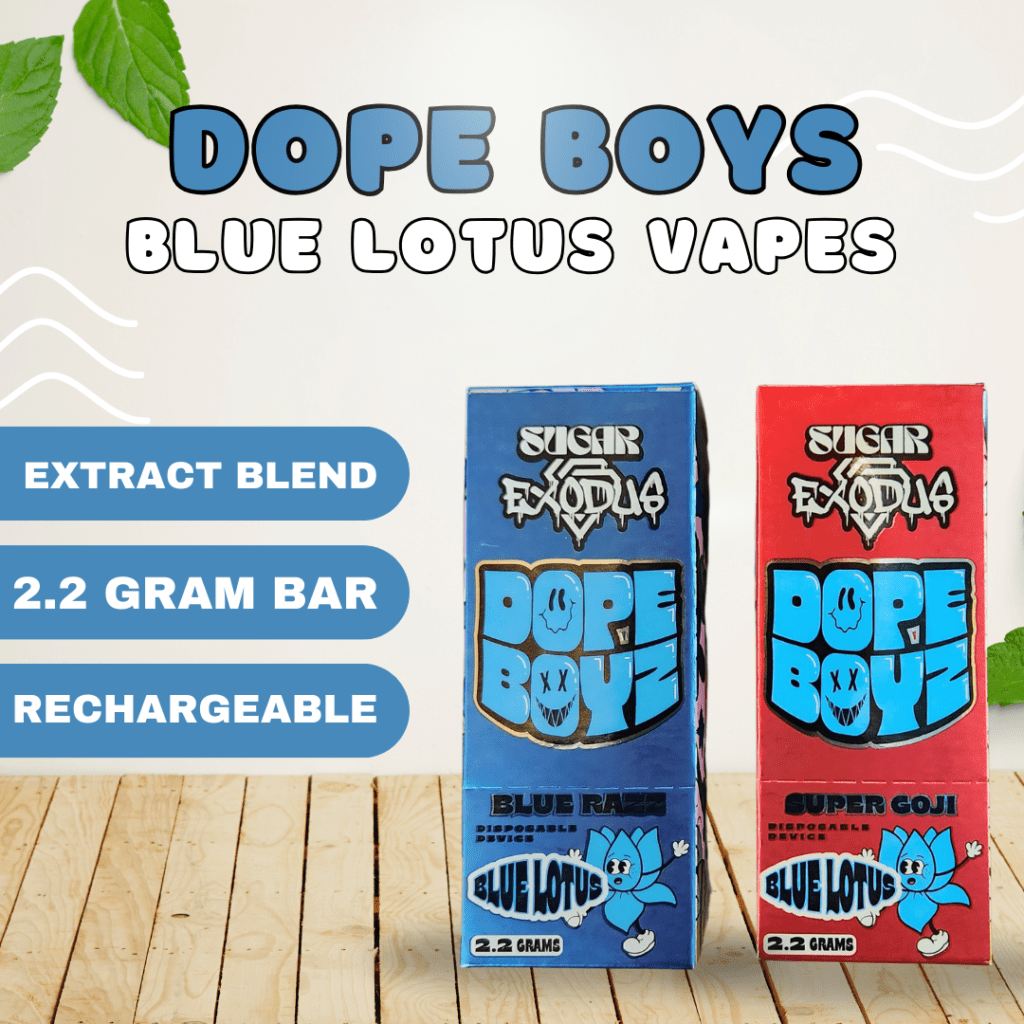
3. The Regulatory Landscape
FDA’s oversight of tobacco products
Examine the FDA’s authority over tobacco and nicotine products, including its evolving approach to vaping regulation.
The FDA has implemented and continues to strengthen regulations on tobacco products, including nicotine vapes, to address public health concerns. These regulations aim to restrict the access and appeal of such products, particularly to minors.
Key provisions include a minimum legal age of 21 for purchasing tobacco products, stringent age verification requirements for online sales, and restrictions on flavorings that may attract youth.
The FDA also requires pre-market authorization for new tobacco products, including nicotine vapes, to evaluate their impact on public health, safety, and addiction. Furthermore, warning labels and advertising restrictions are enforced to inform consumers about the risks associated with nicotine use.
These regulations reflect the FDA’s commitment to curbing the rising use of nicotine vapes, particularly among youth, and mitigating potential health risks.
Concerns over youth vaping
Delve into the growing concerns about youth vaping, which have prompted regulatory action and public health campaigns.
Youth vaping has sparked significant concerns due to its potential to cause lasting health consequences and addiction among adolescents. The appeal of flavored nicotine vapes, coupled with slick marketing campaigns and easy access, has made them particularly attractive to young individuals who may not have otherwise considered smoking.
The long-term impact of nicotine use on developing brains is a major concern, as it can harm cognitive function and increase the risk of addiction to not only nicotine but also other substances.
Moreover, the surge in youth vaping has prompted fears of a new generation of individuals becoming addicted to nicotine and eventually transitioning to traditional cigarettes.
To address these concerns, various regulatory measures, public health campaigns, and educational initiatives have been implemented to curb youth vaping and promote informed decision-making among adolescents.
The role of flavor bans
Understand the role of flavor bans in vaping regulations, particularly in addressing youth appeal.
The regulation of flavored vapes has become a critical aspect of public health policy, as these products have been identified as a major driver of youth vaping and potential health risks. Flavors, ranging from fruit to dessert varieties, make nicotine vapes more appealing to younger individuals, leading to a surge in underage use.
As a result, regulatory agencies, like the FDA, have introduced measures to restrict or ban flavored e-cigarettes, with a focus on flavors that seem particularly attractive to youth.
While these regulations aim to reduce youth initiation and addiction, they also face challenges, such as the need to strike a balance between preventing youth access and preserving the appeal of flavored vapes for adults seeking an alternative to traditional cigarettes.
The ongoing debate and evolving policies surrounding flavored vape regulations highlight the complex task of finding a solution that safeguards public health while respecting individual choices.
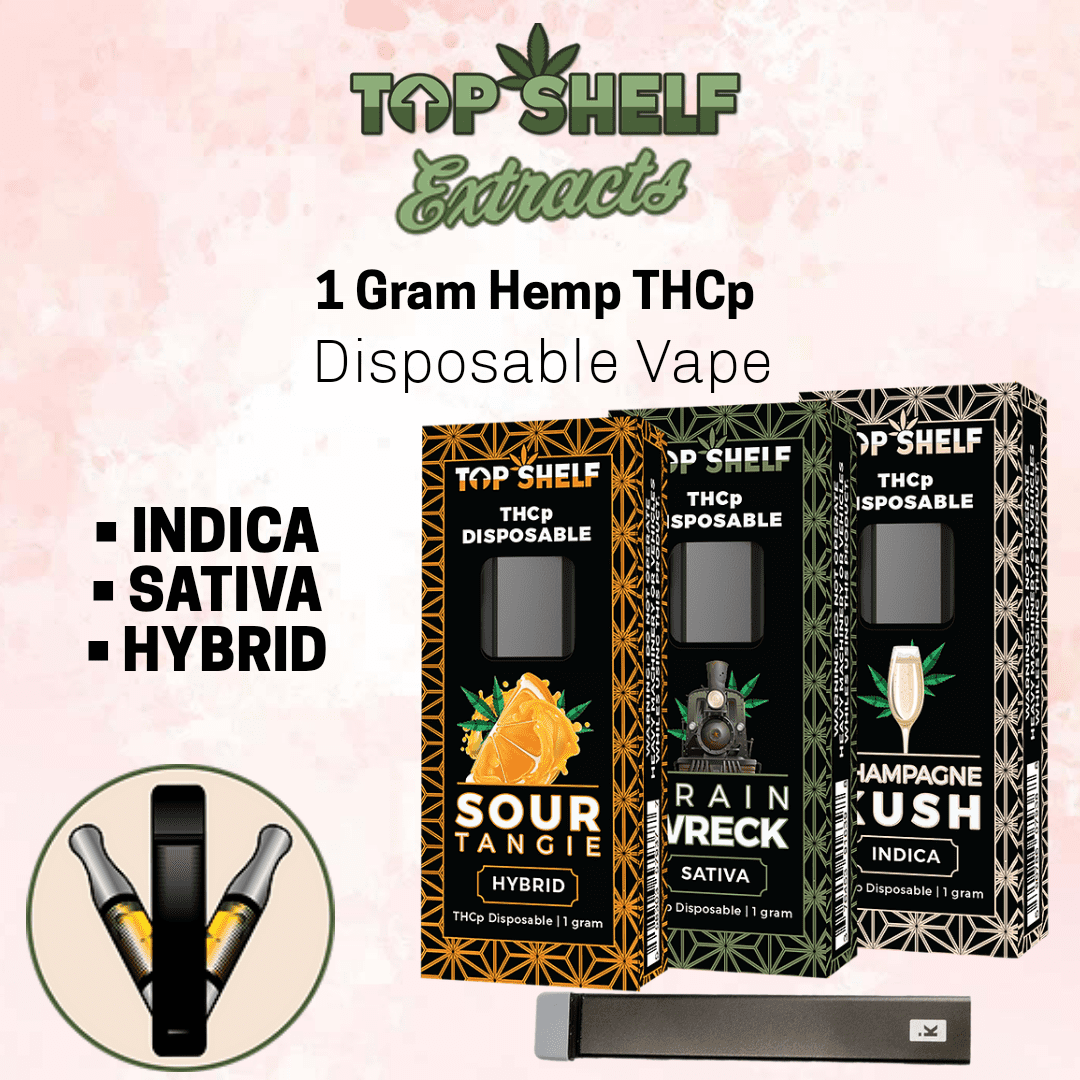
4. The Ban Of Disposable Vapes
FDA’s enforcement actions
Unpack the FDA’s actions that led to the ban on Puff Bar disposable vapes and the reasons behind these decisions.
The FDA has taken comprehensive enforcement actions to address the escalating concerns regarding nicotine vapes, particularly their appeal to youth and potential health risks. These actions involve strict measures to limit the availability of flavored vapes, especially those enticing to minors, such as fruit and dessert flavors.
The agency has also mandated that all newly marketed tobacco products, including nicotine vapes, undergo a rigorous pre-market review to evaluate their potential impact on public health. The FDA has been vigilant in enforcing age verification requirements for online sales and has heightened efforts to monitor and penalize retailers selling to underage consumers.
Additionally, the agency continues to work on public awareness campaigns to educate the public, particularly young people, about the dangers of nicotine addiction and vaping. These multifaceted enforcement efforts underscore the FDA’s commitment to mitigating the adverse effects of nicotine vapes on public health, particularly among youth.

5. Health Concerns and Misinformation
The dangers of counterfeit products
Highlight the health risks associated with counterfeit disposable vapes and the importance of product safety.
Counterfeit nicotine vapes pose a significant public health threat, with a range of dangers that are cause for concern. One of the most pressing issues is the lack of quality control in the production of counterfeit vape products. These illicit manufacturers often use subpar or even dangerous ingredients, including low-quality nicotine and unregulated additives.
As a result, users of counterfeit vapes can be exposed to harmful chemicals and contaminants, putting their health at risk. Moreover, the lack of proper labeling and packaging means that consumers may not be aware of the nicotine content, potentially leading to nicotine poisoning, especially among inexperienced users.
Additionally, there is a higher likelihood of these counterfeit products causing fires and explosions due to poorly designed or defective batteries, which further endangers users and those around them.
Another peril associated with counterfeit nicotine vapes is the absence of age verification and regulatory oversight. These products are frequently sold through unregulated channels, making it easier for underage individuals to access them. This poses a substantial risk as nicotine addiction at a young age can have long-term health consequences.
The lack of proper quality assurance and safety checks in the production of counterfeit vapes, along with the unscrupulous marketing and distribution tactics, creates a precarious environment for consumers.
To address these concerns, it is crucial to educate the public about the risks of counterfeit nicotine vapes and reinforce the importance of obtaining such products through legal and regulated sources to safeguard public health and safety.
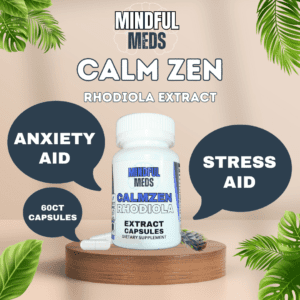
6. The Debate Over Flavor Bans
Arguments for flavor bans
Present the arguments supporting flavor bans, particularly concerning youth appeal and addiction.
Proponents of a flavor ban regarding nicotine vapes argue that such a measure is essential to safeguard public health, particularly in the context of youth vaping. They contend that flavored e-cigarettes are a key driver of the surge in youth nicotine use, citing their appeal and marketing tactics that target young people.
Banning flavors, according to these advocates, would mitigate the attractiveness of these products to minors, reducing the risk of nicotine addiction among adolescents and potential health consequences associated with vaping. Moreover, proponents assert that a flavor ban is crucial to curb the youth vaping epidemic and protect a new generation from nicotine dependency.
By eliminating flavored options, they aim to make vaping less appealing and accessible to young individuals, thereby addressing a pressing public health concern.
Concerns and criticisms
Address the concerns and criticisms raised against flavor bans, including potential impacts on adult vapers and harm reduction.
Concerns and criticisms raised against flavor bans often center around their potential negative consequences on adult vapers and harm reduction efforts. Critics argue that flavored vapes play a vital role in helping adult smokers transition away from traditional cigarettes, as the diverse flavors make vaping a more palatable and attractive alternative.
They worry that a blanket flavor ban may lead adult vapers back to smoking, undermining harm reduction goals. Moreover, some critics contend that prohibiting flavors may encourage a black market for these products, making them less safe and reliable.
They emphasize that targeted regulations, such as strong age verification and strict marketing restrictions, would be more effective in addressing youth vaping while preserving options for adult smokers seeking a less harmful alternative. Balancing the need to protect youth and support adult harm reduction remains a complex challenge in the ongoing debate surrounding flavor bans.
The role of harm reduction
Discuss the potential role of disposable vapes as harm reduction tools and their impact on smokers trying to quit.
The discussion surrounding disposable vapes as harm reduction tools for smokers trying to quit is a nuanced one. On one hand, these devices offer a simple, accessible, and familiar alternative to traditional cigarettes, which can aid in smoking cessation efforts.
Their convenience, variety of nicotine strengths, and flavor options can make the transition from smoking to vaping more manageable for some individuals, potentially reducing their exposure to harmful combustion byproducts. However, there are concerns about the unregulated nature of many disposable vape products, as well as their appeal to youth, which can outweigh their potential harm reduction benefits.
Striking a balance between preserving these tools for adult smokers seeking to quit and addressing their misuse among younger demographics is a significant challenge in the ongoing conversation about disposable vapes and their role in public health efforts to reduce smoking-related harm.

7. The Future of Puff Bar and Disposable Vapes
Adaptations and alternatives
Explore how Puff Bar and the disposable vape industry may adapt to changing regulations and consumer demands.
The future of Puff Bar and the disposable vape industry is likely to involve adaptation to evolving regulations and shifting consumer demands. As regulatory measures become more stringent, disposable vape manufacturers like Puff Bar may need to prioritize compliance with age verification requirements and flavor restrictions.
They may also need to invest in rigorous quality control measures to ensure product safety and consistency. At the same time, there may be a growing emphasis on producing alternative nicotine products that are less attractive to youth, such as traditional-looking tobacco-flavored disposable vapes.
Additionally, these companies might explore innovations to reduce the environmental impact of disposable products, given the growing concern about waste in the industry.
Ultimately, the ability of Puff Bar and similar brands to adapt will depend on their capacity to navigate the evolving regulatory landscape and cater to changing consumer preferences while maintaining a commitment to public health and safety.
Industry responses
Let’s analyze the responses of other industry players and the potential innovations in vaping products.
The responses of other industry players and potential innovations in vaping products are expected to evolve in response to changing regulations and consumer demands. Established vaping companies, including both manufacturers and retailers, are likely to continue working closely with regulatory bodies to ensure compliance and improve the safety and transparency of their products.
Innovations may focus on developing alternatives to traditional cigarettes that are more acceptable to both regulators and the public, potentially involving novel technologies and safer delivery systems. Additionally, there is growing interest in reduced-risk products like heated tobacco devices and nicotine pouches, which may offer smokers additional options for harm reduction.
The future of the vaping industry will depend on its ability to adapt to a shifting regulatory landscape and its commitment to aligning innovations with public health objectives, including reducing the appeal of vaping to youth and providing safer alternatives for adult smokers.

8. Conclusion: Navigating the Disposable Vape Landscape
In the midst of the Puff Bar ban and the broader regulatory landscape surrounding disposable vapes, it is evident that the vaping industry is undergoing significant transformation. As we navigate this evolving terrain, it becomes crucial to balance the concerns over youth vaping and public health with the needs of adult smokers seeking alternatives to traditional tobacco.
The ban serves as a microcosm of the larger debate over the role of disposable vapes and flavor bans in harm reduction and tobacco control. While the future remains uncertain, ongoing research, responsible regulation, and open dialogue among stakeholders will be essential in finding the right path forward in the disposable vape landscape.
FAQs
What are disposable vapes?
Why is there concern over youth vaping?
What led to the ban on Puff Bar disposable vapes?
Are all Puff Bar products banned?
Are there any health risks associated with counterfeit disposable vapes?
What is the argument for flavor bans?
Can disposable vapes serve as harm reduction tools?
How can consumers stay informed about regulatory changes?
Sources:
CA.Org: What To Know
Related Articles:
- FDA PMTA Update Dozens Of Vape Brands Effected
- Vape Regulations PACT Act Explained Now
- Puff Bar Counterfeits Post FDA Ban
- Flavor Tobacco Ban Los Angeles Explained
- FDA Juul Ban & Kratom Consumer Protections
Meet The Author



